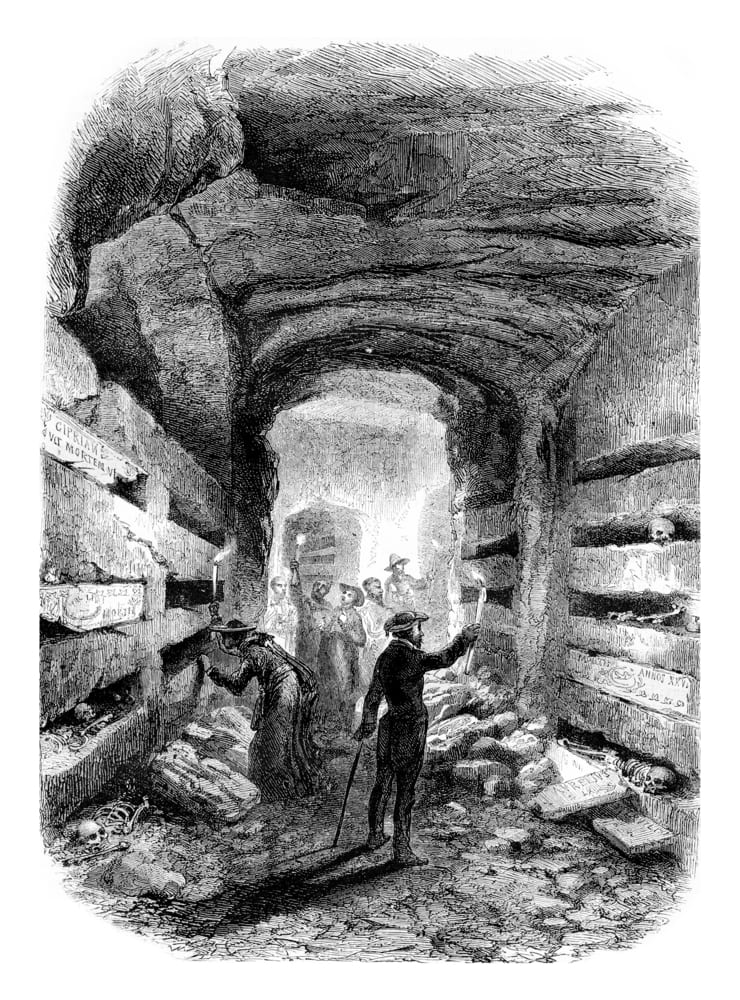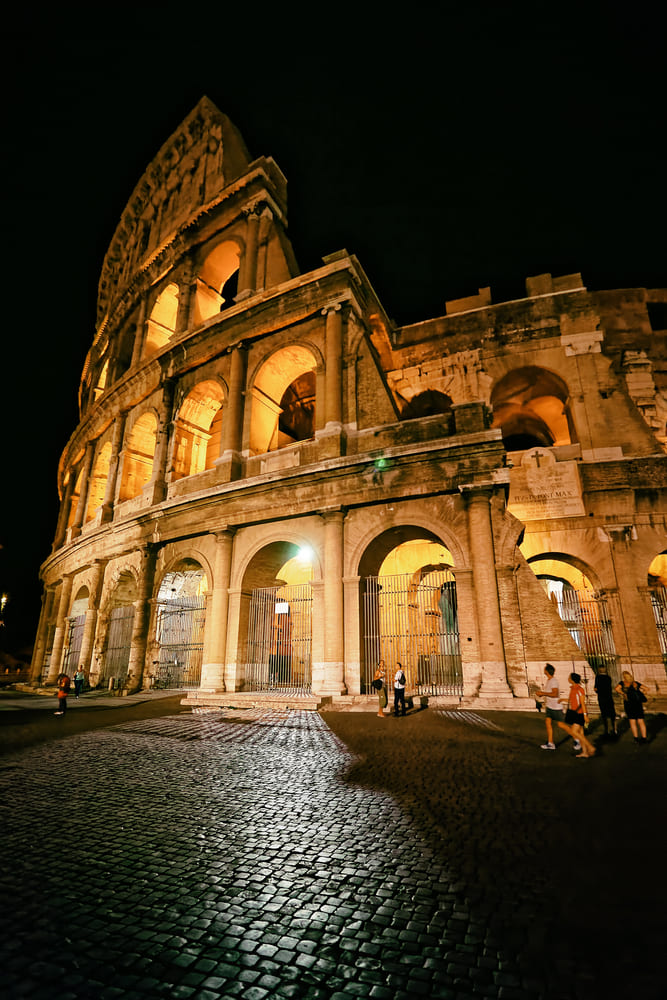The world knows many places where unexplainable, bizarre things are constantly happening. The most popular ones are houses with bad reputations, murder, and suicide locations. Houses erected on Indian burial grounds tend to have a bad reputation as well.
Then, there were the stories we whispered before going to bed in summer camps. They do exist in our minds, even if we consider ourselves agnostic.
As soon as the light turns off and the strange rattle from a nearby corner of your room appears, you unconsciously hope that you’re alone.
We may not believe it – but we don’t want to find out either. It is an ancient, rudimentary fear. Yet, those are, mostly, just stories.
But something more chilling comes to mind when visiting Rome.
Experts, or as they like to call themselves, ghost-hunters and diggers, know that nothing compares to places that are quite literally stuffed with people that’s been long gone. Catacombs of Rome is one of those that makes your blood run cold.
That’s what you’ll see once you’re in a catacomb.
Table of Contents
Catacombs of Rome
It’s a Capuchin Crypt, the first one we’ll tell you about.
Here are the bones of 3,700 of its monks that are displayed. Everywhere you look, you find bones framing the curly edges of the vaults. Those are tributes to the dead. Once on your site – this place never leaves you. For us, it’s a warning that life’s impermanence.

Beneath the chapels, Fr. Michael of Bergamo arranged for the soil to be from Jerusalem, as Pope Urban VIII ordered to bring it here. That said, there are six rooms of bones in total, and five of them with bones displayed artistically. One room contains three skeletons. That is the only room where remains are in their entirety. Some of them belong to children with the quote below:
“What you are now,
we once were;
what we are now
you shall be.”
The second place is called Le Catacombe di San Callisto.
Back in the day, Christians suffered from persecution. That is, before Emperor Constantine, they had to escape underground. Back in the day, Rome’s Christians buried their relatives only if they had their land. The alternative was the common cemeteries, along with the pagans. Then catacombs became a common practice as the Romans began to build the surrounding family tombs for their brethren in faith. That’s similar to the San Callisto story.
90 arcs and 12 miles it is. 70 feet high ceilings – half a million bodies remain here.
Those were the locations any tourist could visit. Apart from that, Rome has its secret catacombs, hidden from plain sight. Now, visiting them without a guide that knows the location well is a horrible idea if you’re planning on going up to the surface again.
Those catacombs are much more dangerous, for their passes had not been marked anywhere. There are no maps, nor guiding sights on the walls.
Then, as we’ve clarified that going to such places isn’t a clever step, even if you’re practicing extreme tourism, let’s see what else Rome has to offer.
The Haunted Roman Heart

Roman Colosseum is considered one of the most haunted places in Italy. Strangely, that’s not that obvious when you’re wandering there in daylight, just getting the perspective of what an ancient amphitheater used to be. But as soon as night comes, the location mimics something else.
When you think about it, it actually makes so much sense, taking into consideration that thousands of gladiators had been dying here, whether fighting each other or trying to hunt exotic animals.
Paranormal activity is said to be seen there, along with cold spots, strange noises, voices, and even shadow figures. According to legend, the Roman guard has been fulfilling his duty to this day. The crowd cheering voices reported bouncing from one wall to another, shouting and even severe suffering screaming and wailing.
Here, in the heart of Rome itself, you’ll find an easier way to experience something curious. More legitimate, accessible, and, perhaps, safer, as soon as the ghost world doesn’t drag you away.


